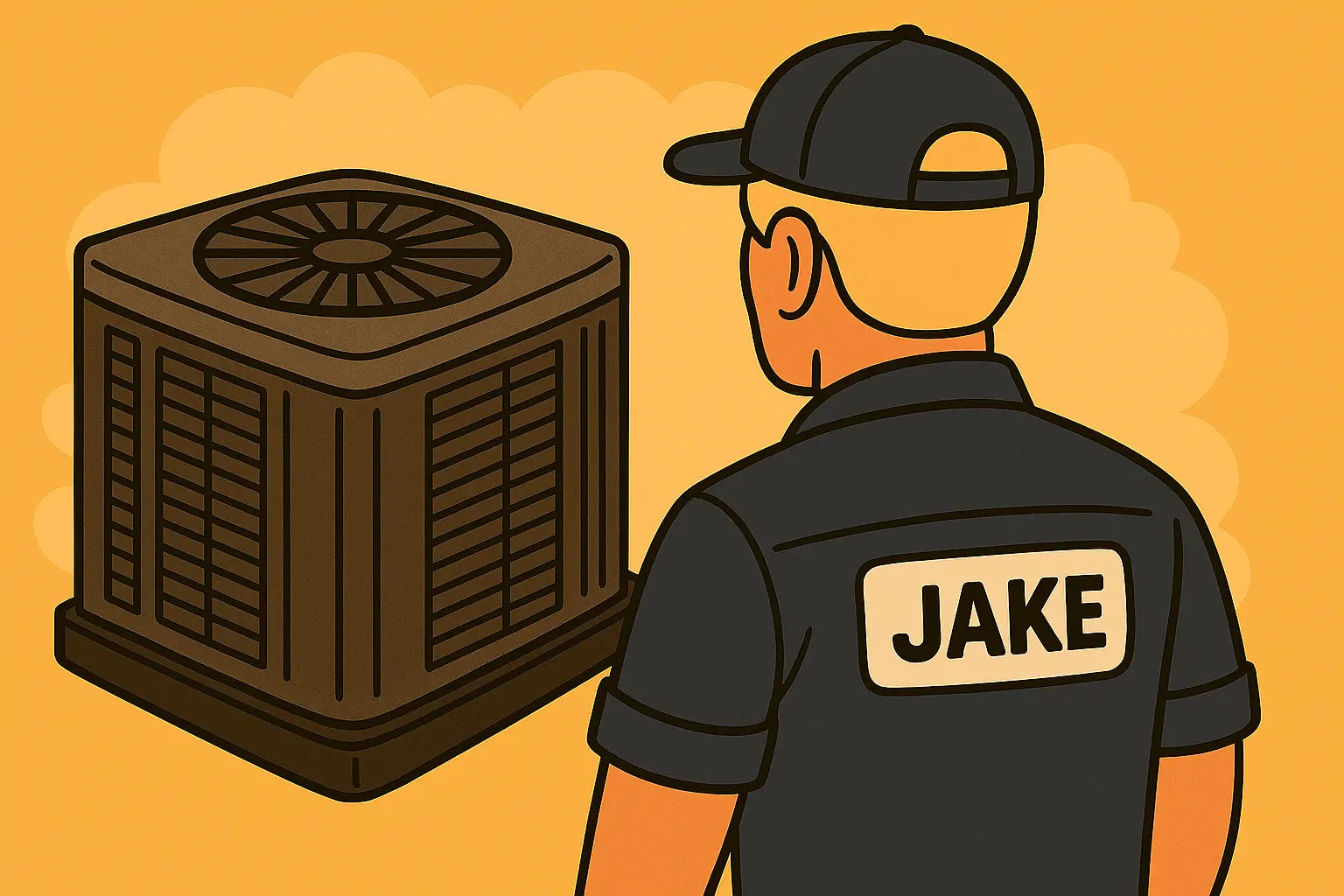Installing R-32: What Techs Need to Know Before Cracking Open the Toolbox
Let me give it to you straight: R‑32 isn’t just some drop-in replacement for R‑410A. It’s a different animal. It runs hotter, carries a slightly higher pressure, and it’s classified as an A2L refrigerant—low toxicity but mildly flammable.
Before you even roll out your gauges, you need to brush up on the R-32 installation safety requirements. That means using spark-proof tools, ventilating the space properly, and knowing what your local codes say about handling A2Ls.
If you're working on the Goodman GLXS4BA3610 condenser with the CAPTA3626C3 vertical coil, these components are factory-engineered for R‑32’s performance curve—but they still need your attention on the install.
Sizing and Planning the Line Set: No Guesstimating Allowed
When it comes to line sets, close enough isn’t good enough with R‑32. This refrigerant is highly sensitive to charge variations. You need the right diameter and the right length. Most 3-ton R‑32 systems like the GLXS4BA3610 are going to use:
-
3/4" suction line
-
3/8" liquid line
You’ll find the recommended specs in the install manual, but here’s the rule of thumb: keep the total equivalent line set length under 75 feet whenever possible. That includes vertical risers and any elbows that add resistance. If you overshoot that distance, you’ll need to adjust the refrigerant charge or use a larger diameter suction line to keep superheat in check.
Also, the Goodman CAPTA3626C3 coil is shipped with a small amount of dry nitrogen—not R‑32—so don’t assume it’s pressurized with the working refrigerant. Always purge and pressure test it yourself.
Brazing and Leak Testing: It’s All About the Prep
Before brazing, nitrogen purging is non-negotiable. You don't want any scale or oxidation in the lines—R‑32 won’t tolerate internal contamination the way older systems might have. This coil and condenser setup comes with aluminum and copper components, so make sure your brazing alloys match the metal.
Here’s a reminder: no flux, ever, in the line set. And use a wet rag or thermal paste around the TXV to avoid heat damage.
Once brazed, pressurize the system with nitrogen and use a digital leak detector rated for A2L refrigerants. R‑32 leaks are harder to detect with old-school soap bubbles.
Evacuation and Charging: Get the Microns Right
Your vacuum pump must be up to the task of pulling down below 500 microns—don’t skip that. Moisture is the silent killer of R‑32 systems, especially with the high-temp compressor in the GLXS4BA3610. A deep vacuum ensures no residual moisture reacts with the POE oil in the compressor and gums up the works.
As for charging, R‑32 is a single-component refrigerant. No need to charge it as a liquid like R‑410A blends. That said, use a digital scale—we’re talking ounces here, not close-enough eyeballs.
Most outdoor units are factory-charged for 15 feet of line set, so if your install goes beyond that, calculate the additional charge precisely. You can find Goodman’s R‑32 refrigerant charge tables for your specific unit model.
Final Start-Up Checklist for the GLXS4BA3610 Combo
Before calling it a job well done, here’s the quick punch list I follow for this system:
-
✅ Line set insulation is UV-rated and fully wrapped
-
✅ Line set secured every 4 feet (horizontal) and 6 feet (vertical)
-
✅ Suction and liquid line length measured and recorded
-
✅ Coil and condenser pressures equalized before charging
-
✅ TXV bulb mounted correctly on horizontal suction line
-
✅ Blower settings on the GR9T961005CN furnace match airflow needs
-
✅ No refrigerant leaks, verified with detector
-
✅ Superheat and subcooling within Goodman specs
Bottom Line: Do It Once. Do It Right.
Installing an R‑32 system like the Goodman 3 Ton 15.2 SEER2 Combo isn’t difficult—it just demands precision. From line set management to charging practices, your install determines the life and efficiency of this system.
Curious about this bundles reliability? Visit my guide: Evaluating System Durability & Code Compliance for GLXS4BA3610 + CAPTA3626C3 + GR9T961005CN.
When it’s done right, this Goodman system will run smooth, quiet, and efficient for years to come. That’s the goal. That’s how we do it.
Until next time,
- Jake, your comfort loving tech







